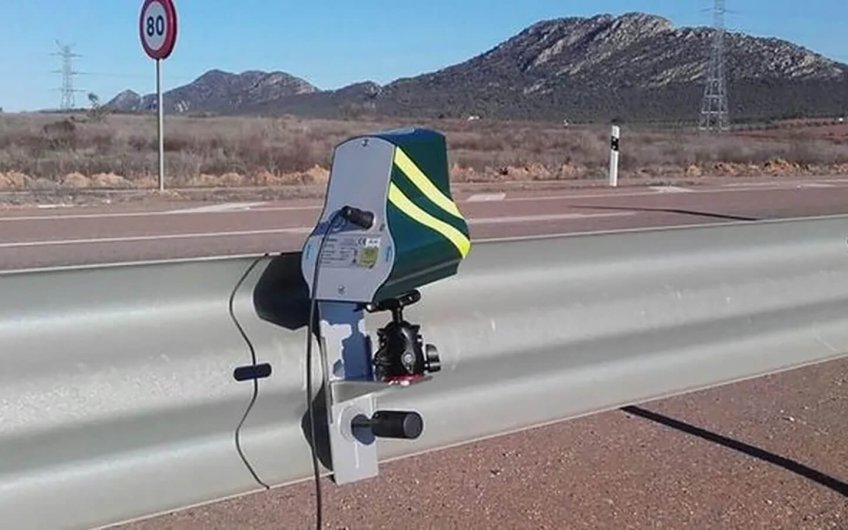
Velolaser radars were put into operation in February 2018 and their implementation in various provinces has been expanding. However, there have been some issues as regards the effective use of these radars. Because of the ease with which they can be relocated and operated remotely.
Many of the first 60 units came without the corresponding approvals. This meant that their readings had no legal validity. Furthermore, their sophisticated mechanism means that you need to take a special course in order to be able to use them effectively.
These sophisticated devices, barely fifty centimetres tall, can be installed almost anywhere and in a very short time. This means they can be in operation in different locations on the same day and without the need for a police vehicle nearby.
This is because they can be managed remotely via Wi-Fi, 3G or 4G connection. However, their communication system has also given problems in some units, according to sources from the civil guard.
The programmable features and the settings that the radar device needs for each function require prior knowledge on the part of the officers who will use it. This is necessary because this undetectable radar is capable of being used with the adjustable settings we outline for you below:
All this makes them suitable for two types of checkpoints:
When it comes to penalising behaviours which may constitute offences against road safety such as reckless driving or those which are punishable by license points, they are programmed for this purpose and the radar will be configured with the speed limit and the type of vehicle you wish to target.
For these kinds of checkpoints, the radars are located away from the main radar and outside of signposted checkpoint areas. Its position and location are not signposted either; it operates in discrete locations and without the presence of police vehicles.
This is when they are used with any mobile radar and they are placed in an identifiable checkpoint vehicle in order to reinforce their deterrent effect.
These radars are specially designed and intended to pursue serious infractions in the area of road safety. Their use for other types of generic checkpoints only makes sense in the absence of other types of mobile radars or in order to make use of their capacity for discriminating between vehicle types.
According to unofficial data from the SocialDrive application, these sophisticated Velolaser radars have been located at 185 sites. In July of last year, their effective use was minimal in Asturias, Ciudad Real, Huesca, Madrid Sur, Murcia, Orense, La Rioja, Teruel and Zaragoza, despite the fact that they were already available in many provinces. Some times, the devices were not in operation and in others the necessary training of the officers had yet to take place.
In December of last year, they were already operational in all the initial provinces and communities in which they had not been in operation, such as the Balearic Islands, Cádiz, Córdoba, Granada, Jaén, Lugo, Madrid Norte, Málaga, Mérida, Tenerife and Valencia.
Likewise, other provinces that did not have these radars have been provided with new units. These are: Segovia, Palencia, Huelva, León, Ávila, Soria and Toledo.
According to the same source, the most common locations of these radar devices are the following:
So you can see, once the implementation problems that came with the Velolaser radars were overcome, their implementation throughout the country seems to be progressing at a good pace. The first penalties are beginning to arrive at drivers’ homes and it will take time in order to see if they are having a positive effect on road safety.